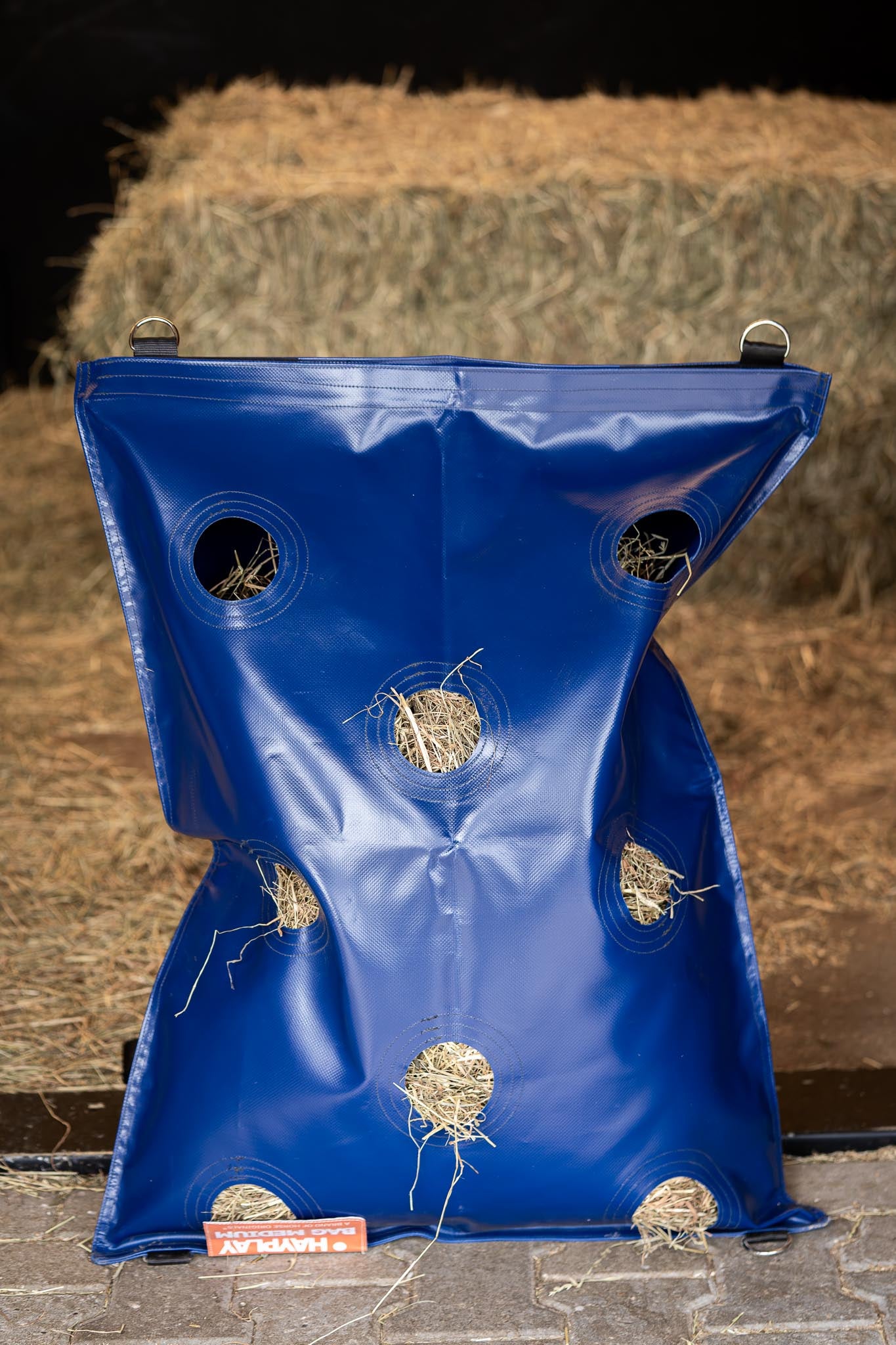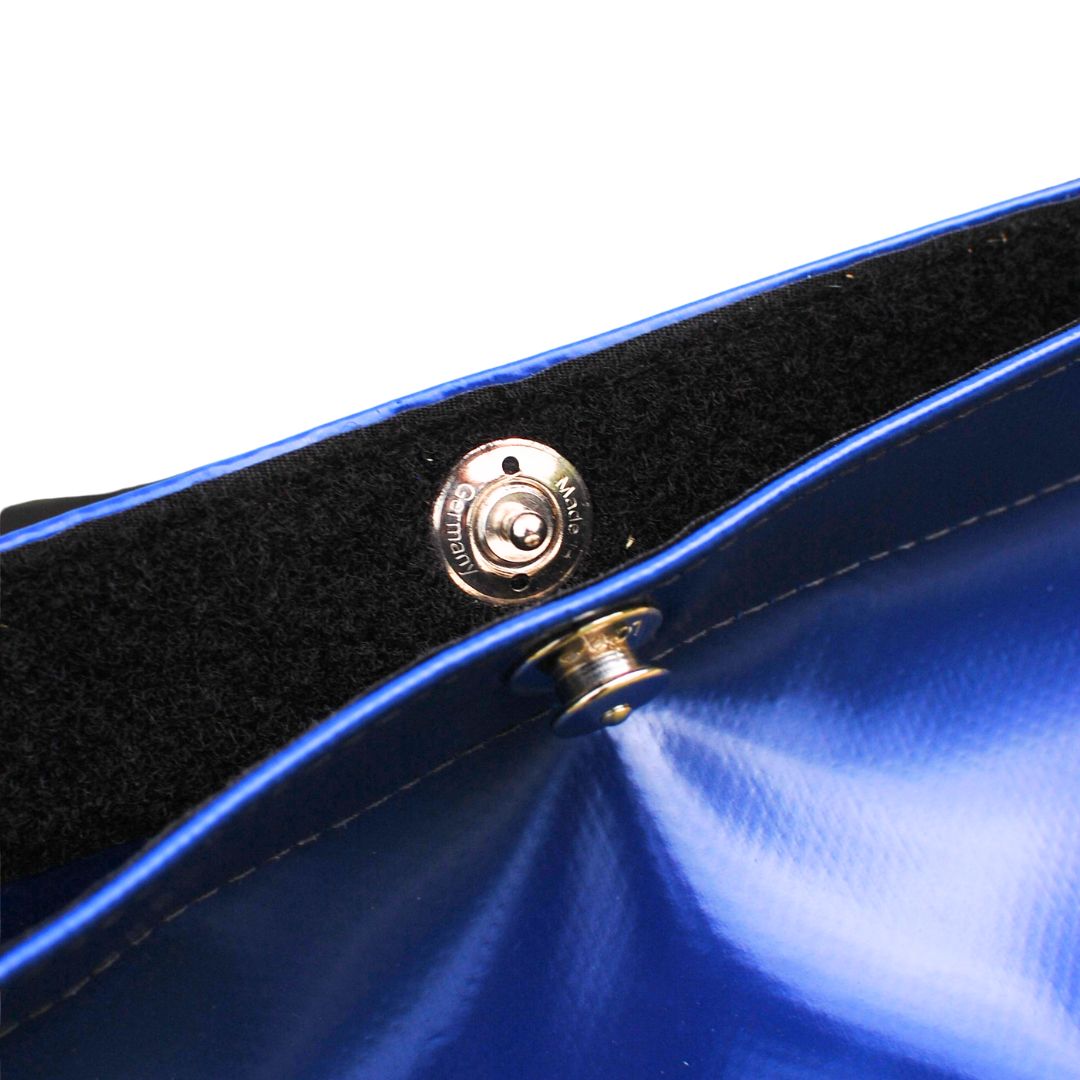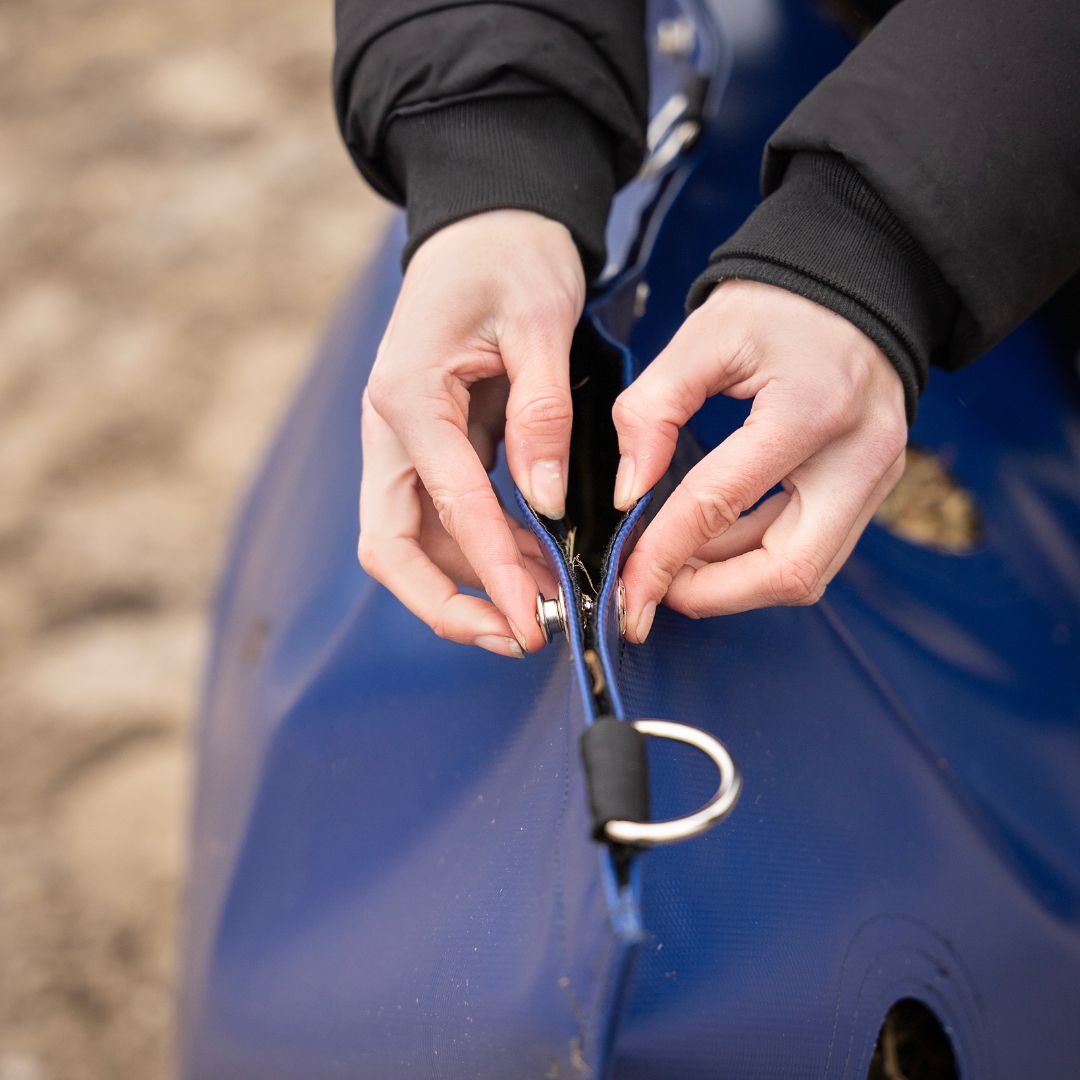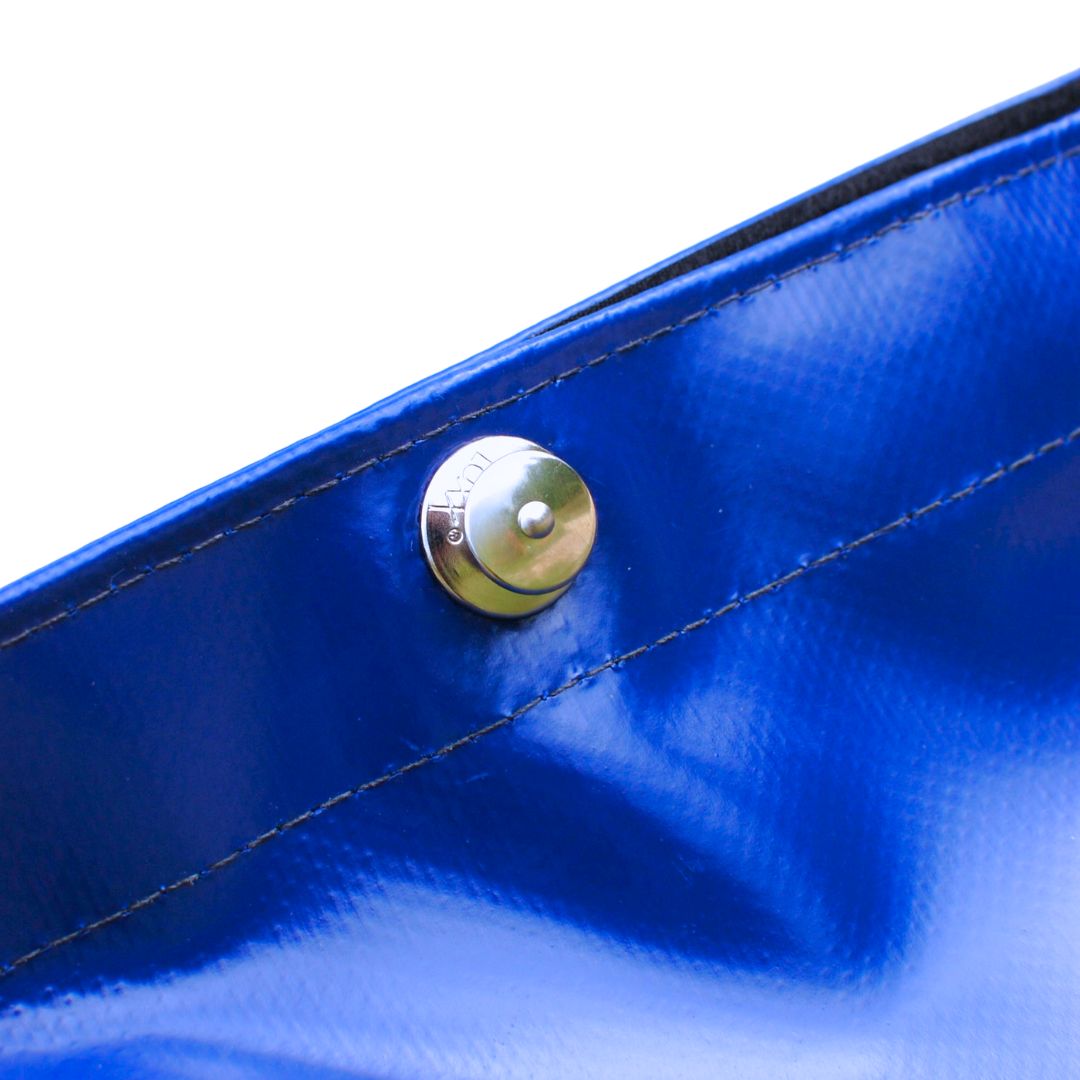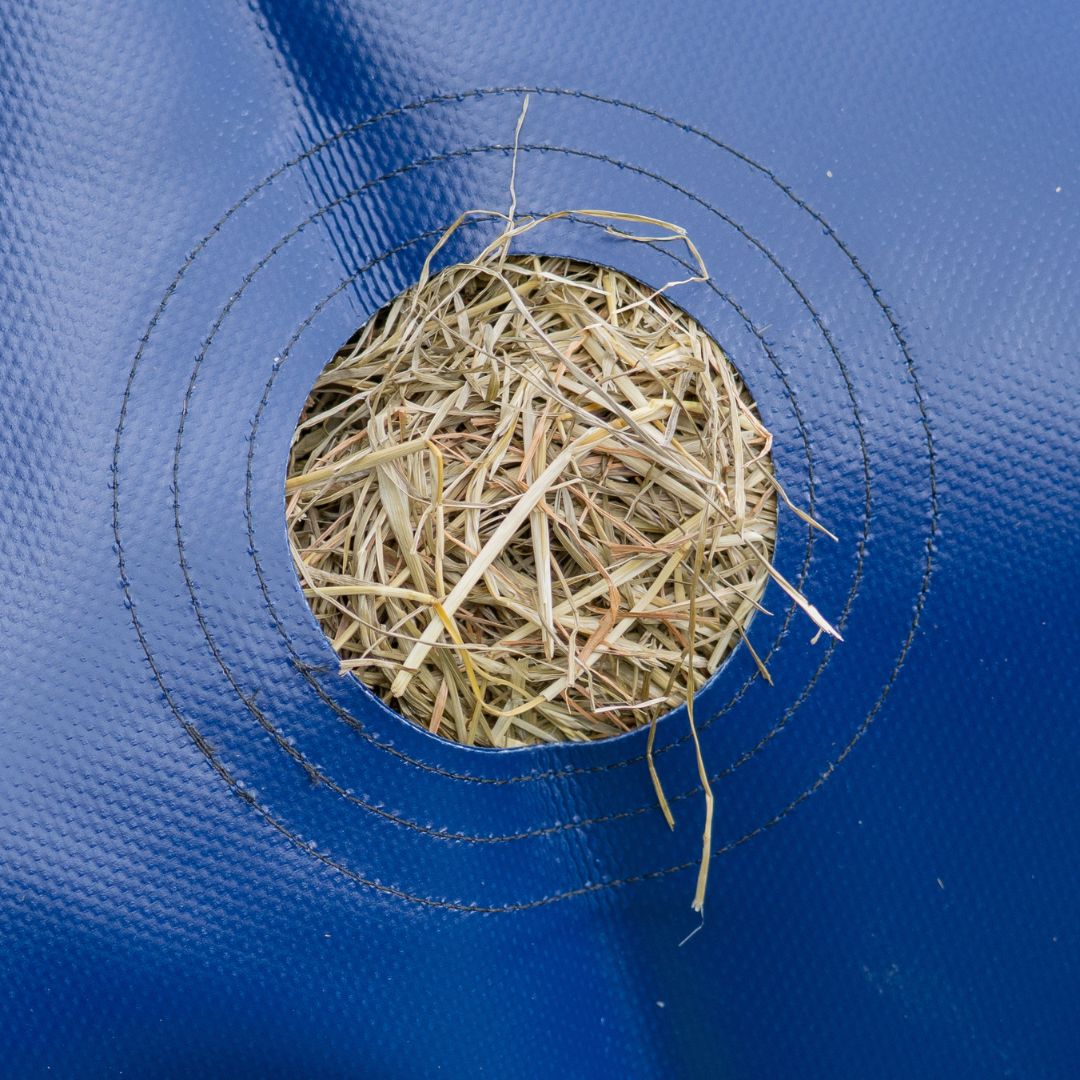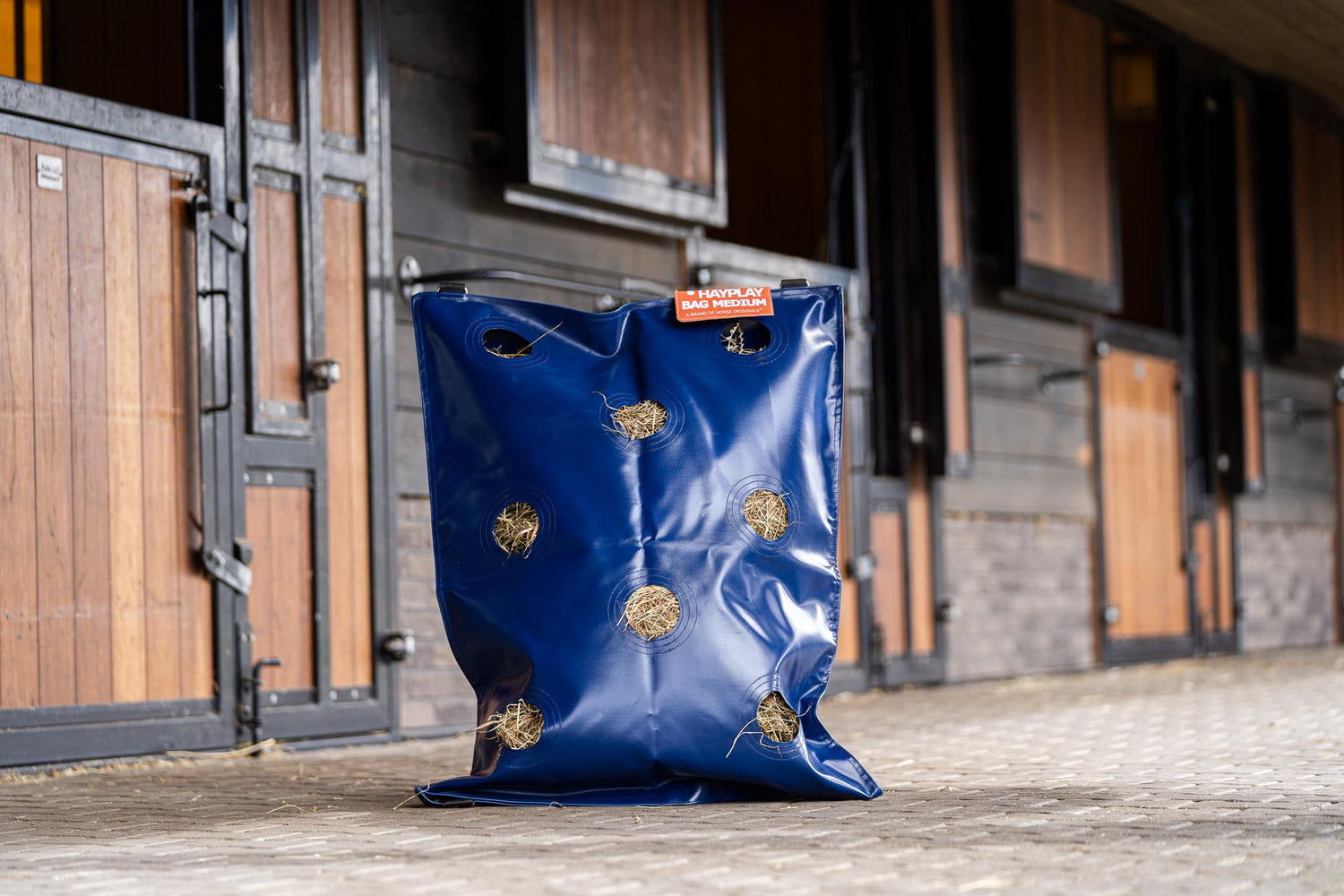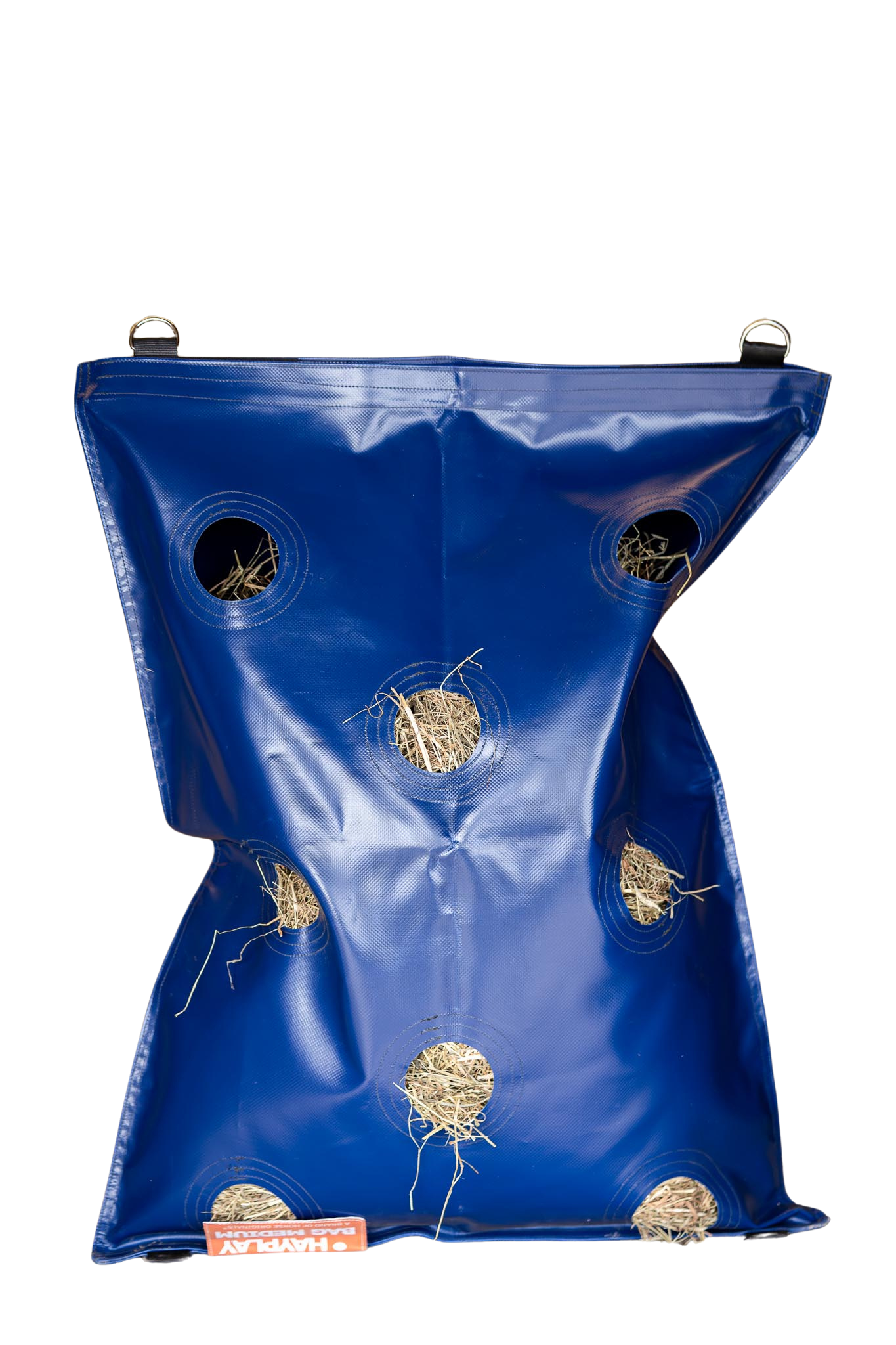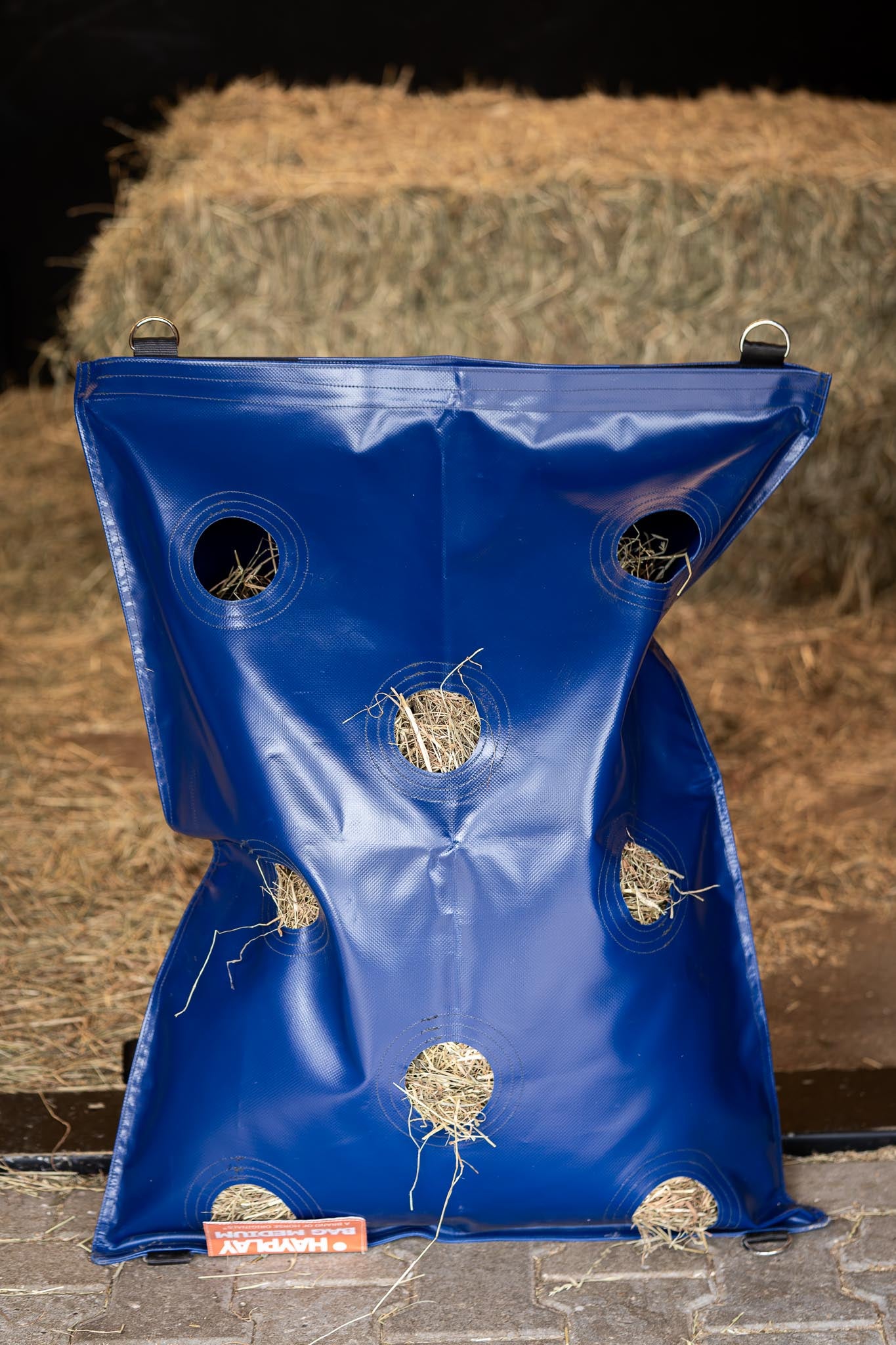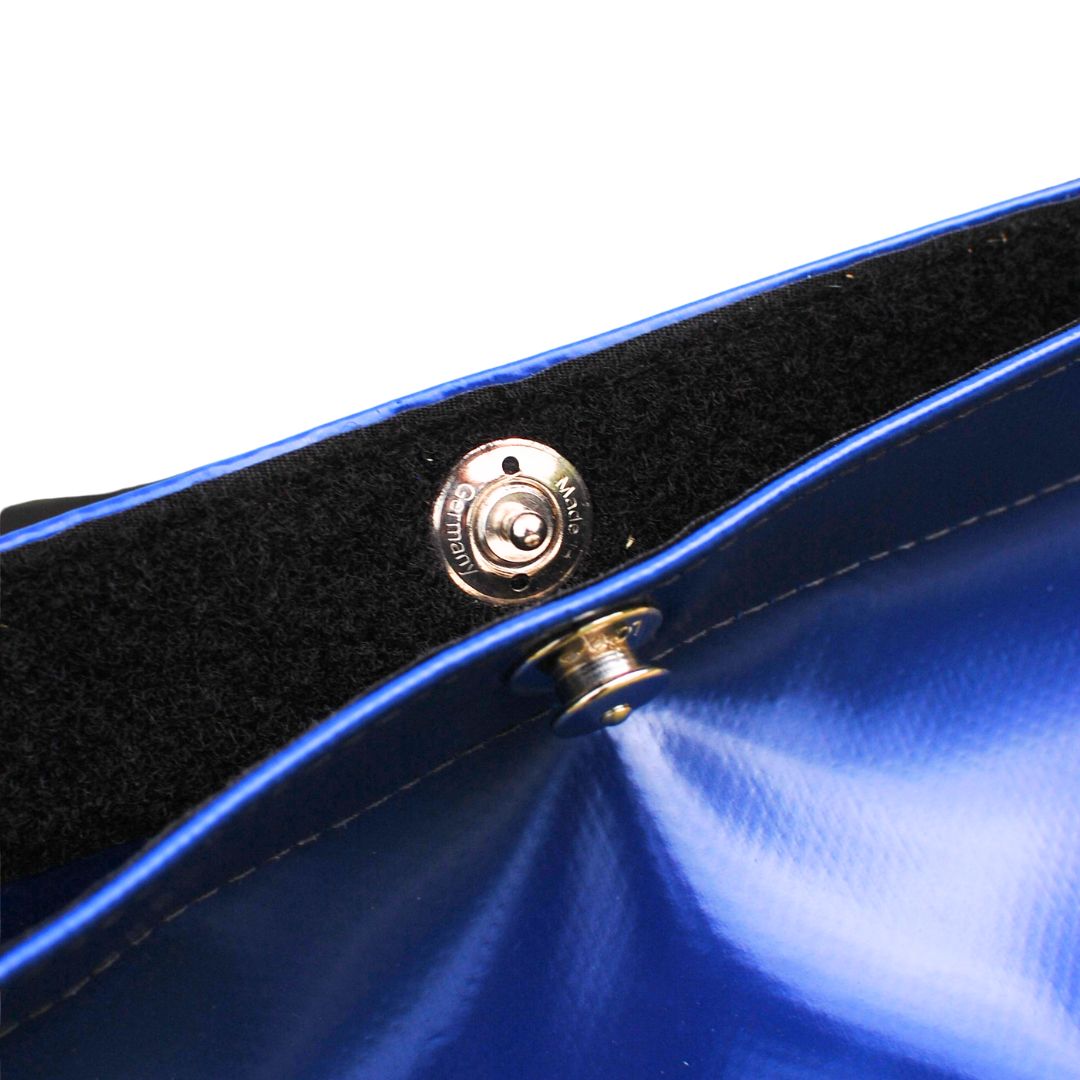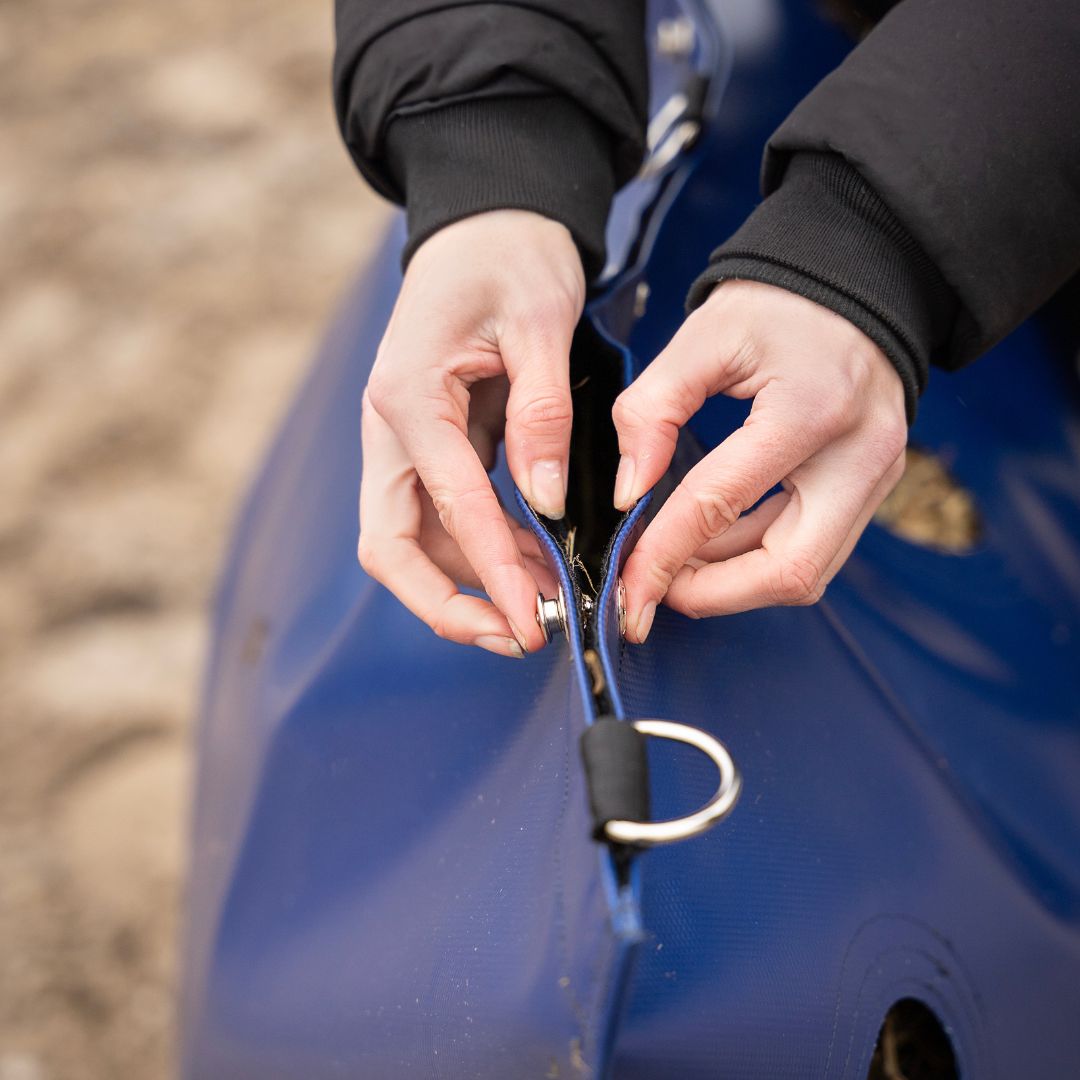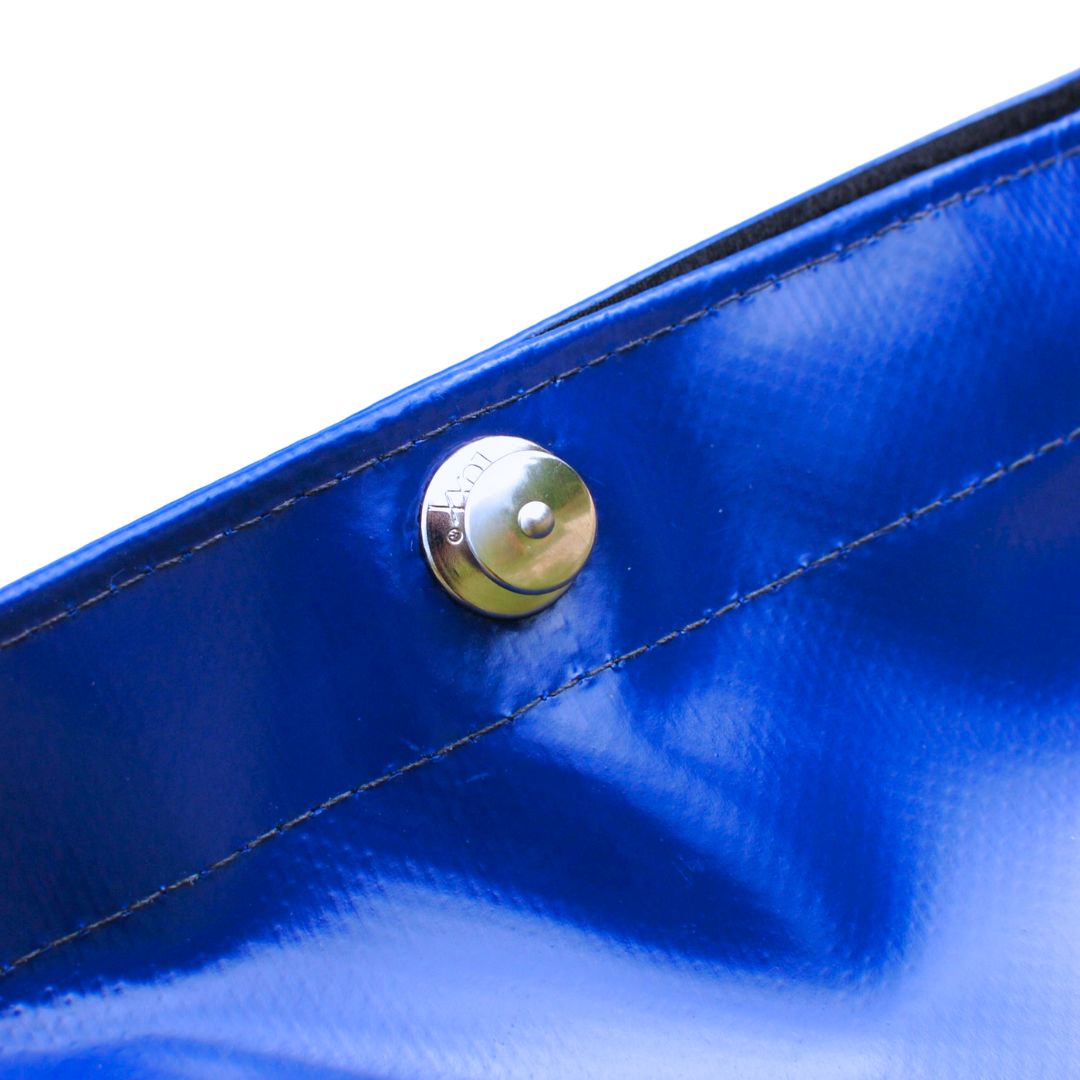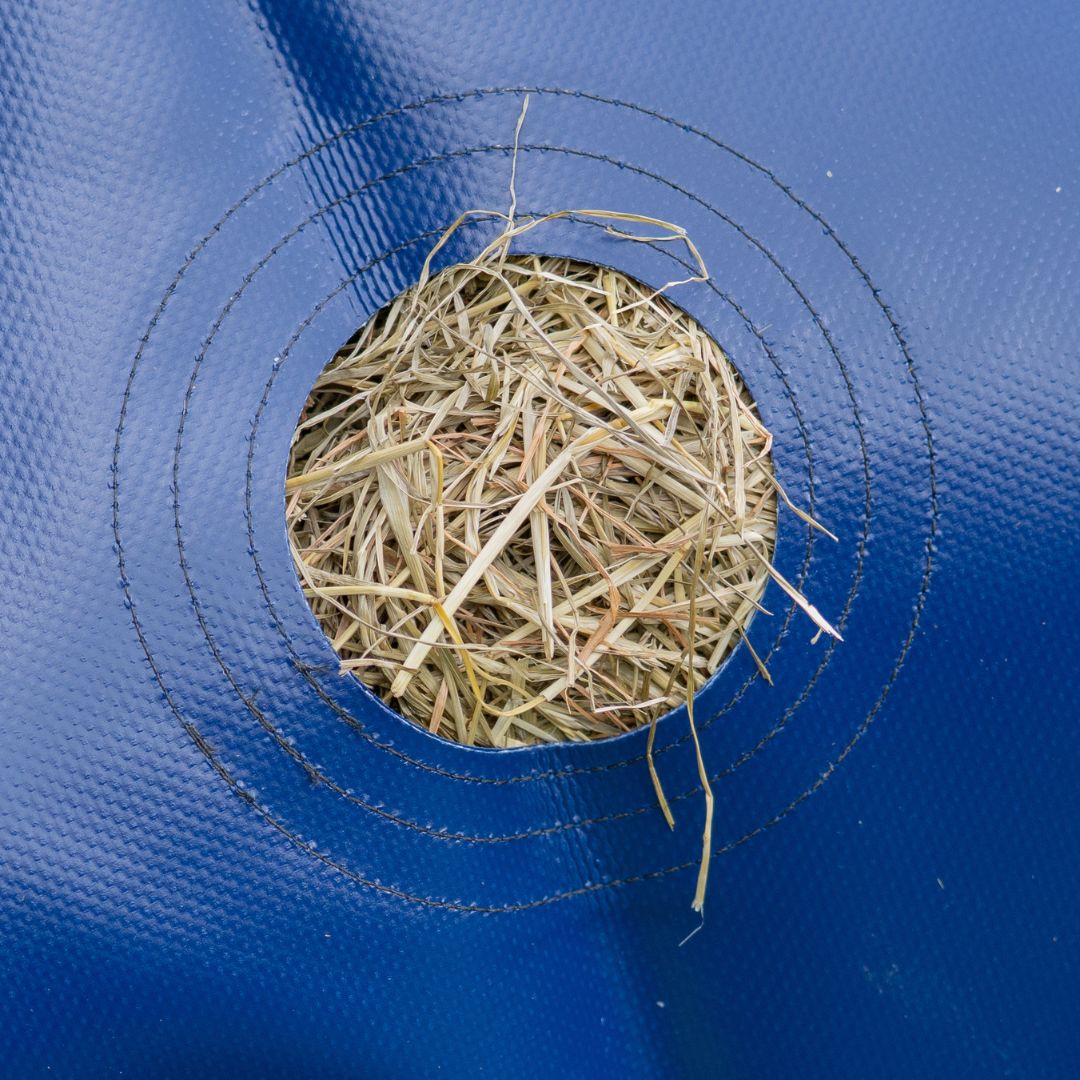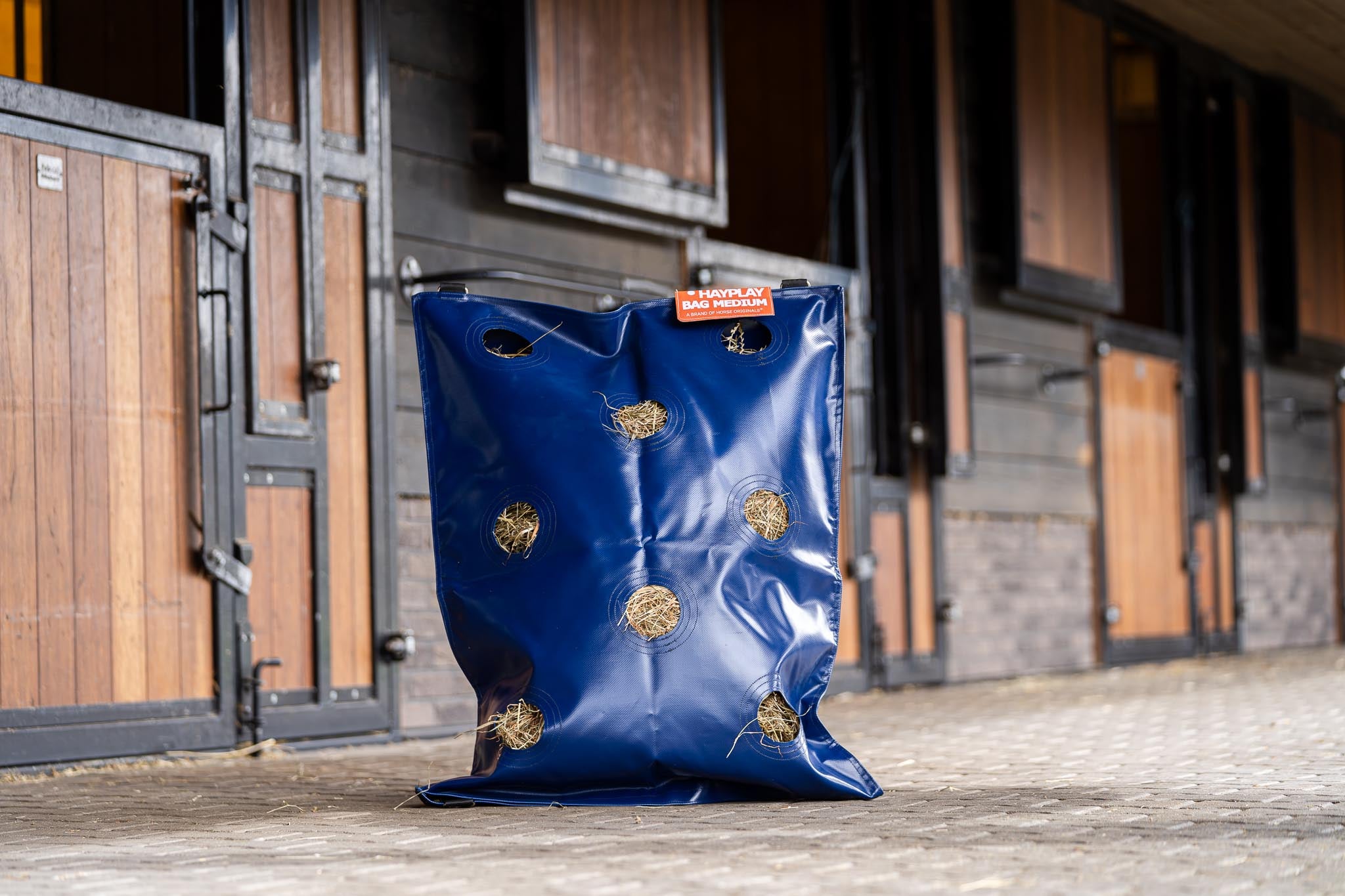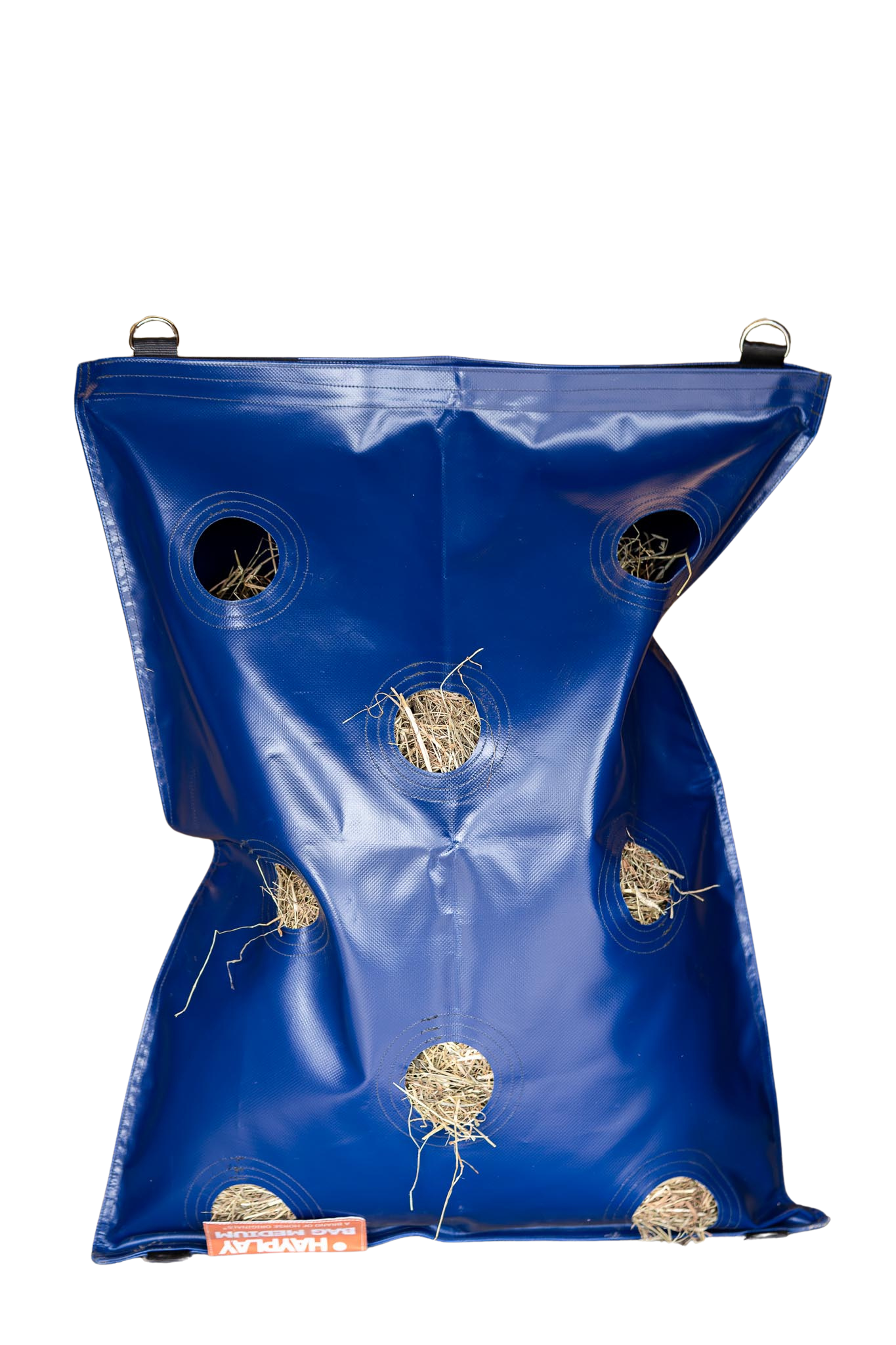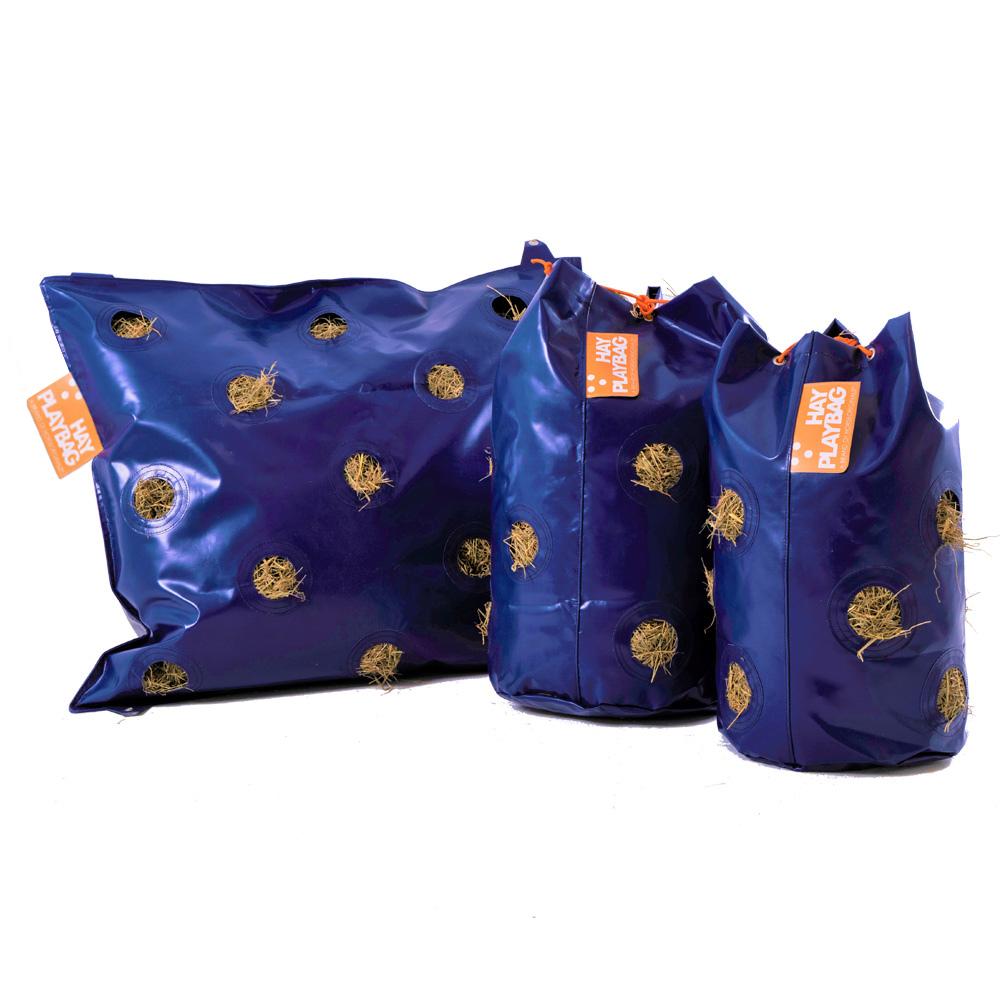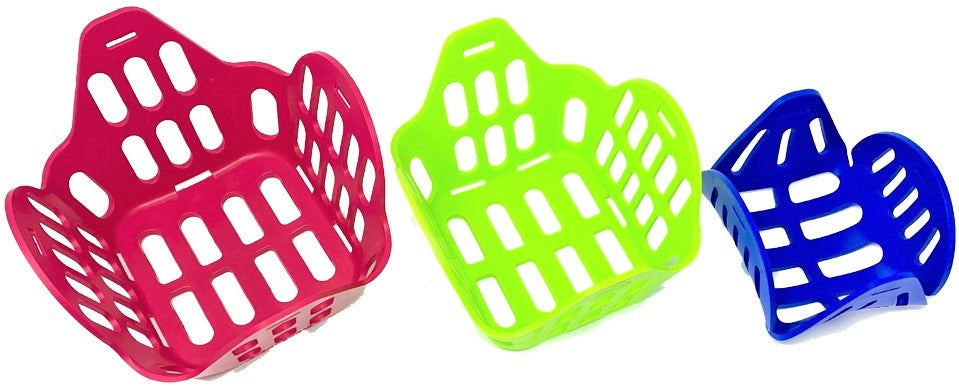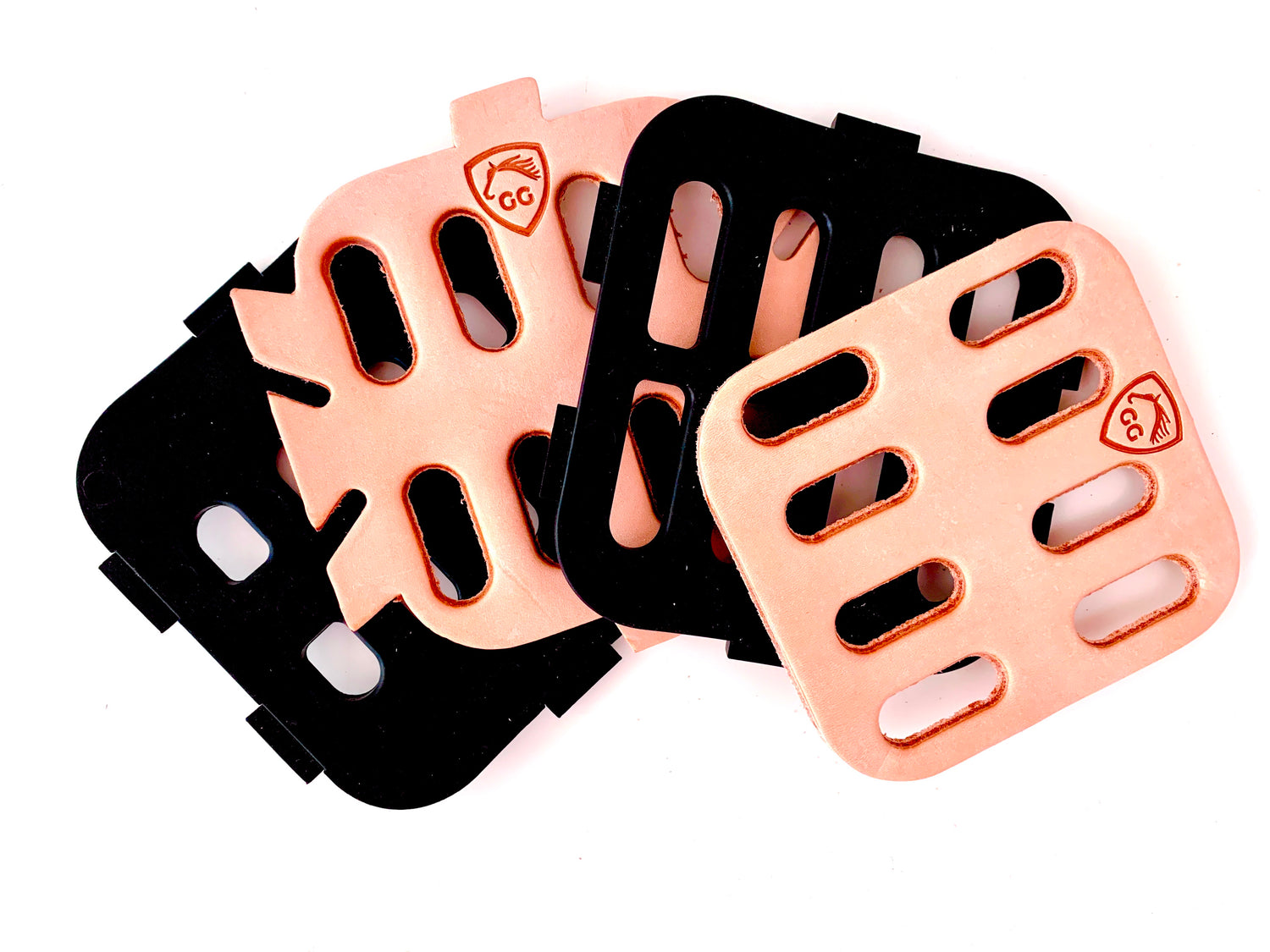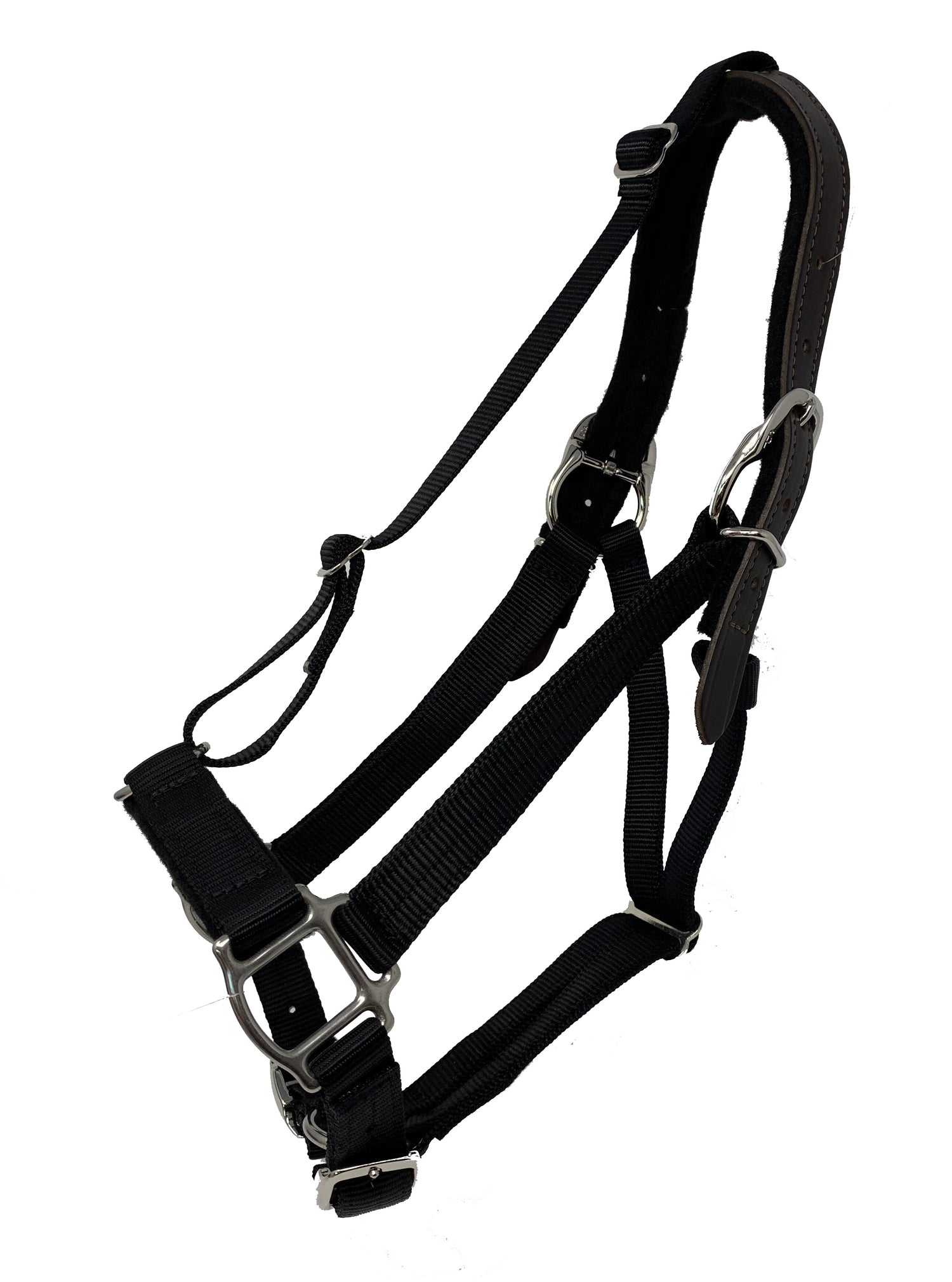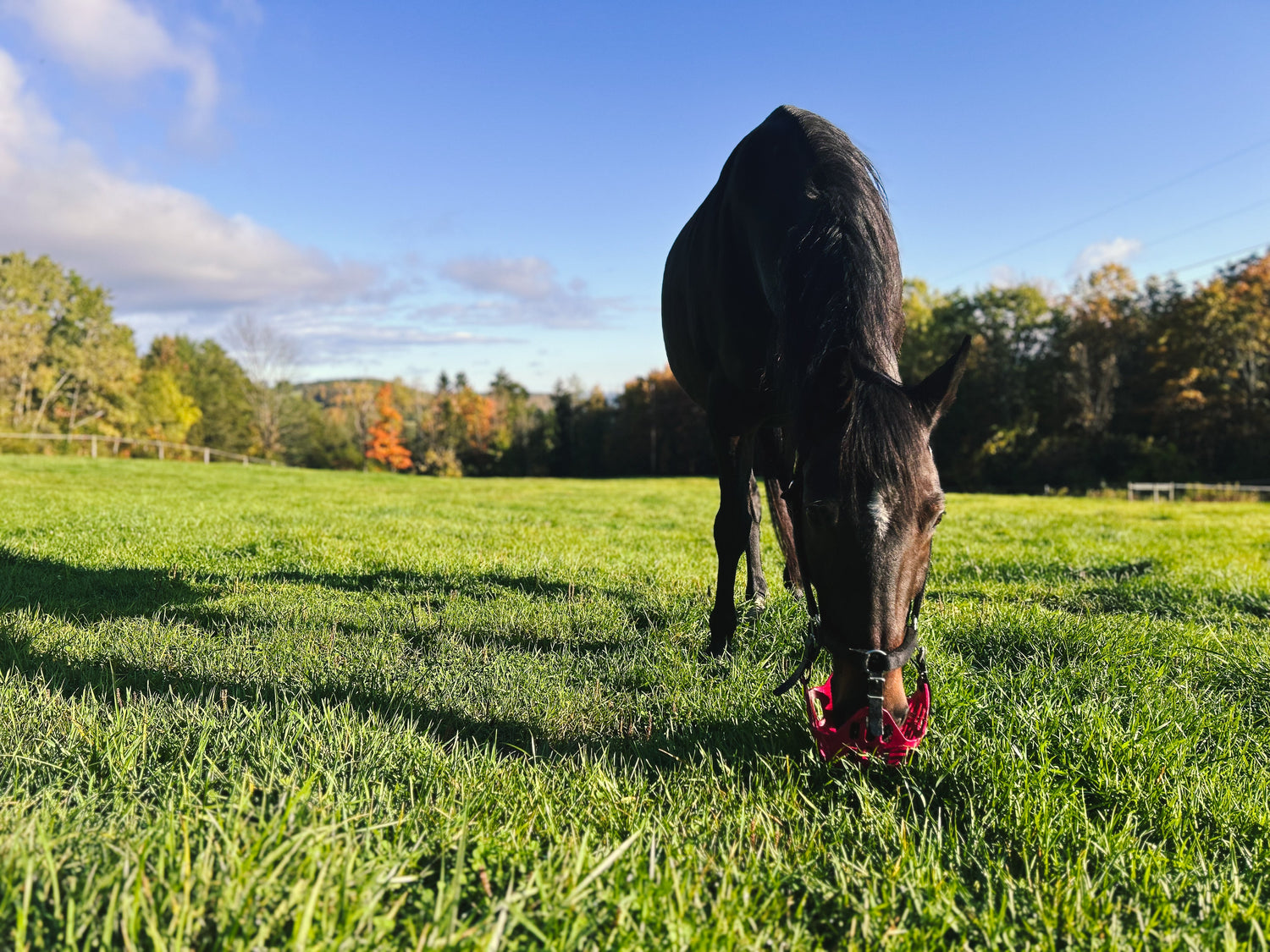When summer temperatures climb, keeping your horse cool isn’t just about shade and water. Proper hydration, access to salt and minerals, and feeding strategies that support water intake are essential to avoid serious health risks.
If you’re not actively managing these elements in hot weather, your horse could be at risk for dehydration, electrolyte imbalance, colic, or even heat exhaustion. Let’s break down what matters most—and how to make it easier.

Image by Marek from Pixabay
Why Salt and Minerals Are Essential in Hot Weather
Salt is one of the most overlooked—but most critical—components of equine nutrition, especially during hot weather. Horses lose large amounts of sodium and chloride (the primary components of salt) when they sweat. If those losses aren’t replaced, the horse becomes vulnerable to a cascade of problems:
How salt supports hydration and health:
-
Stimulates thirst: Sodium triggers the body’s natural thirst mechanism. Without enough salt in their system, horses may not feel the urge to drink, even in extreme heat.
-
Supports muscle and nerve function: Sodium, potassium, calcium, and magnesium are electrolytes that enable normal muscle contractions, heart rhythms, and nerve impulses.
-
Aids digestion and nutrient absorption: Sodium is vital for transporting glucose and amino acids across cell membranes.
-
Helps prevent colic and impaction: Horses that are under-hydrated are more prone to gastrointestinal issues, especially when consuming dry forage like hay.
Most forage-based diets are naturally low in sodium, and standard commercial feeds often don’t provide enough to meet a horse’s daily needs, particularly during the summer or periods of work. Horses need around 1–2 ounces of plain salt per day in cool weather, and much more when sweating. 1
Why salt blocks alone don’t cut it, especially those in grazing muzzles:
Even for horses without muzzles, salt blocks may not meet their needs. Salt blocks are designed for convenience, not efficiency. Research has shown that many horses can’t or won’t lick enough from a hard block to meet their electrolyte requirements, especially when heat or work increases demand. 2,3
Now, consider the horse wearing a grazing muzzle. Traditional salt blocks require the horse to lick with full mouth contact, which becomes nearly impossible when your horse is wearing a grazing muzzle. Without a workaround, muzzled horses may go days without proper salt intake, risking dehydration and other complications.
-
They can’t reach the salt block effectively
-
They miss out on the very thing that could keep them drinking and balanced
That’s why we recommend offering loose salt and free-choice minerals in a feeder like the one from GG Equine, designed specifically for muzzle wearers to access easily with their noses, even while wearing a GreenGuard Muzzle. It’s a small change that makes a big difference in hydration and long-term wellness.

Loose salt and mineral feeder for grazing muzzles with weatherproof cover by GG Equine
Soaked Hay: A Simple Way to Boost Hydration
While water buckets are essential, many horses still fall short on hydration, especially in the summer months. Soaking hay is one of the easiest ways to help increase water intake passively, particularly for horses on dry forage or limited pasture.
The hydration benefits of soaked hay:
-
Increased water consumption: Hay can absorb 30–50% of its weight in water, offering a significant hydration boost with each meal.
-
Prevents impaction colic: Wetter forage helps keep the digestive system moving smoothly and minimizes the risk of blockages in the gut.
-
Reduces sugar and NSC content: Soaking hay for 30–60 minutes can lower water-soluble carbohydrate levels, making it safer for horses prone to laminitis or insulin resistance.
-
Eases chewing for older horses: Wet hay is softer and more manageable for horses with dental issues, missing teeth, or jaw tension.

An easy way to increase hydration by wetting hay in HayPlay Bag
Make it easy with the right hay feeding system:
Soaked hay is only effective if it’s presented in a way that’s safe, clean, and accessible. Traditional hay nets or loose piles can lead to:
-
Wasted forage
-
Spoilage
-
Messy stalls or paddocks
GG Equine’s HayPlay Bags are an ideal solution. These slow-feed hay bags are durable and perfectly suited for soaked hay. They encourage natural foraging behavior while keeping the hay contained and protected from dirt, sun, and trampling. It's even great for horses with dental issues such as EORTH. Whether your horse is muzzled, metabolic, or just a picky drinker, HayPlay Bags help make every bite count, especially when staying hydrated matters most.
What Happens If You Don’t Prioritize Hydration?
Failing to support proper hydration and salt intake can lead to serious and sometimes life-threatening issues:
-
Dehydration: Can lead to dullness, decreased performance, and in severe cases, organ failure
-
Colic: Impaction colic is more likely when horses are dehydrated and not drinking
-
Heat exhaustion or heat stroke: Especially in horses working or turned out in full sun
-
Electrolyte imbalance: Causes weakness, confusion, or heart rhythm issues
In short, prevention is everything. With the right tools and knowledge, you can avoid these risks.
Smarter Summer Horse Care Starts with Small Changes
Hot weather brings real challenges, but the solutions don’t have to be complicated. Providing access to loose salt and minerals, soaking hay, and adjusting feeding systems for all horses, muzzled or not, can make a big difference in their health, safety, and comfort.
References
1 National Academy of Sciences. (2007). Nutrient Requirement of Horses. Retrieved from https://nrc88.nas.edu/nrh/
2 Gordon, M. E., and M. L. Jerina. 2013. Water intake in horses fed supplemental salt compared to free-choice access to salt blocks. Journal of Equine Veterinary Science 33(5):348- 349.
3 Kennedy, M.A.P., P. Entrekin, P.A. Harris and J.D. Pagan. 2001. Voluntary intake of loose versus block salt and its effects on water intake on mature idle Thoroughbreds. In: J.D. Pagan and R.J. Geor (Ed.) Advances in Equine Nutrition II. pp. 147-149.


